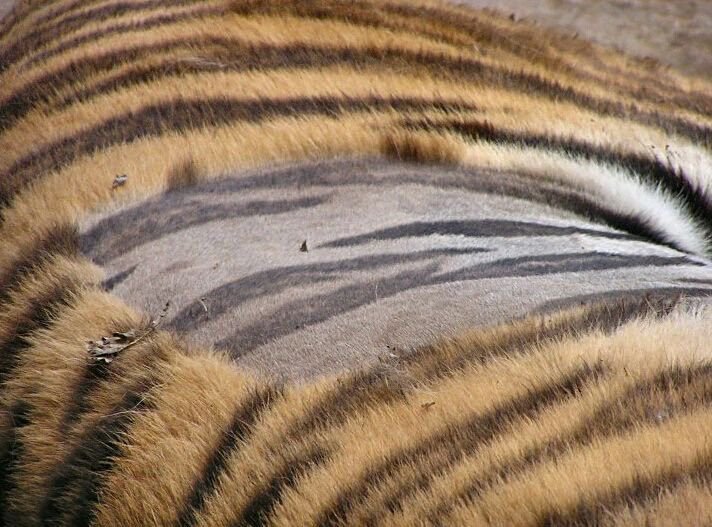タトゥで健康状態がわかる。色の変化で脱水症状や血糖値がわかるスマートタトゥーインクが開発される
以下は、記事の抜粋です。
ハーバード大学とMITの研究者がタトゥ用の画期的なインクを開発した。スマートタトゥーインクと呼ばれるこのインクは色の変化で、アスリートの脱水症状や糖尿病患者の血糖値上昇などがわかるという優れものだ。開発を行ったのは、ハーバード大学医学大学院のポスドクフェロー2名とMITメディアラボのKatia Vega氏ら。
既存のウェアラブル健康モニターデバイスには、体に完全にフィットしない、バッテリーの寿命が短い、ワイヤレスによる接続性などの欠点がある。
これらを克服するために、色を利用した生体感応式タトゥーインクプロジェクト「ダーマル・アビス」が、コンセプト実証として実施された。医療品として流通させるには、薄れたり、インクの安定性など、まだまだ改良の余地がある。
インクは人体の体液の化学的性質に応じて色が変化する。例えば血糖の上昇に伴い緑から茶色へと色を変える。またナトリウム濃度の変化に応じて発光量が増す脱水症状の目安となるインクも開発されている。専用の読み取り機能を兼ね備えた診断アプリも開発済みである。

この内容は、9月に行われたAssociation for Computing Machinery(ACM)が主催した「ウェアラブル コンピューターの国際学会」で発表されたものです。以下にそのタイトル、著者、要旨などを引用しておきます。
“The dermal abyss: interfacing with the skin by tattooing biosensors”
Authors:
Katia Vega MIT Media Lab
Nan Jiang Harvard Medical School
Xin Liu MIT Media Lab
Viirj Kan MIT Media Lab
Nick Barry MIT Media Lab
Pattie Maes MIT Media Lab
Ali Yetisen Harvard Medical School
Joe Paradiso MIT Media Lab
· Proceeding
ISWC ’17 Proceedings of the 2017 ACM International Symposium on Wearable Computers
Pages 138-145 Maui, Hawaii — September 11 – 15, 2017
The Dermal Abyss (d-abyss) presents an approach to biointerfaces in which the body surface is rendered as an interactive display by patterning biosensors into the skin to produce color changes in response to biomarker variations in the interstitial fluid. It combines advances in biotechnology with traditional methods in tattoo artistry. d-abyss is designed to use the aesthetics, permanence, and visible nature of tattoos to encode information. In the present work, we replace traditional inks with colorimetric and fluorescent biosensors that can report on the concentration of sodium, glucose, and pH in the interstitial fluid of the skin. We report the preliminary evaluation of these biosensors in an ex vivo skin model, assessing their visibility from the dermis. We describe different applications of d-abyss in the medical, lifestyle, and security domains. This work is a proof of concept of a platform in which the skin reveals information inside the body, tattoos form wearable displays within the skin, and the body’s metabolism works as an input for the d-abyss biosensors.
第1著者は、MITメディアラボのKatia Vega氏で、8名の著者の中6名はMITメディアラボの所属です。これをいかにもハーバードの仕事のように発表しているのは、ちょっとどうかなと思いました。いずれにしても、刺青をモニターに使うアイディアはおもしろいと思います。
脱水や血糖の他に、酸素飽和度、乳酸値ぐらいを1度にモニターできる刺青が欲しいです。


コメント
「これをいかにもハーバードの仕事のように発表しているのは、ちょっとどうかなと思いました」か、仕方ありませんね、ハーバードのブランドネームがありますし、Facebookの威力でしょうから。